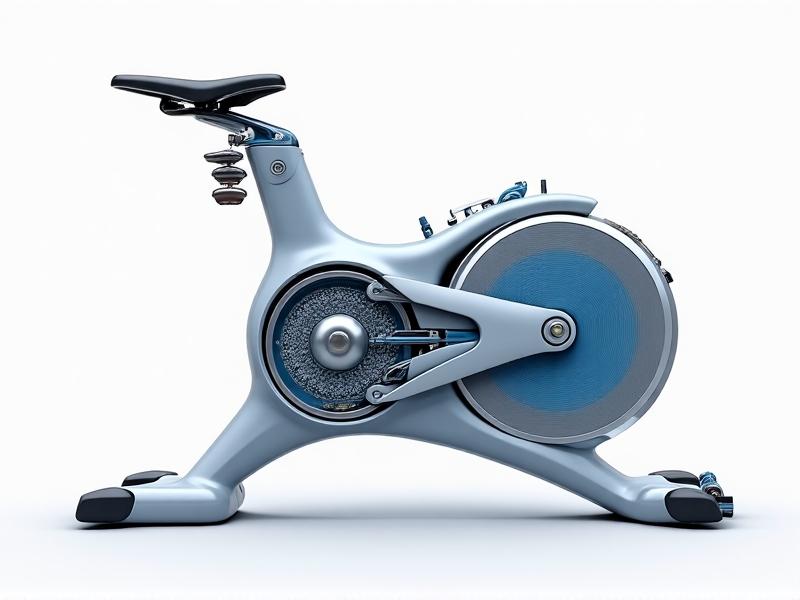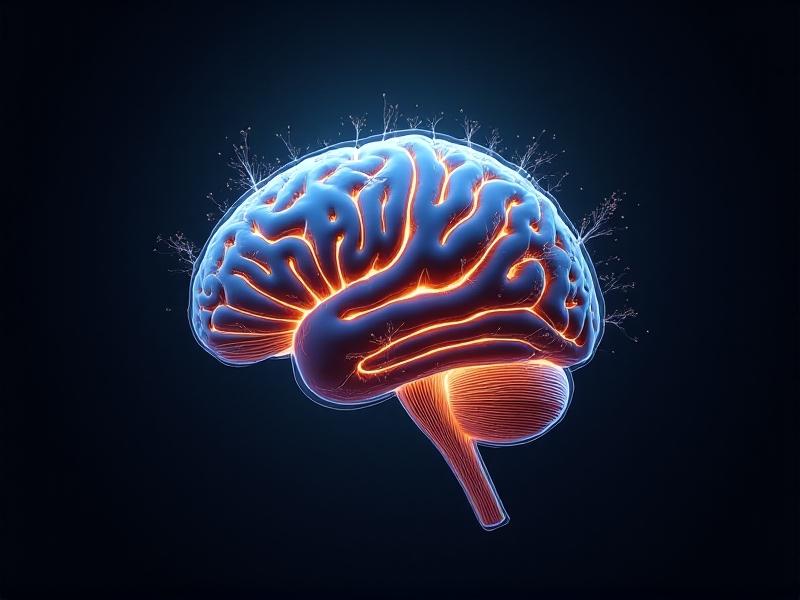Caffeine Cycling Schedules for Focus
The Science Behind Caffeine and Focus
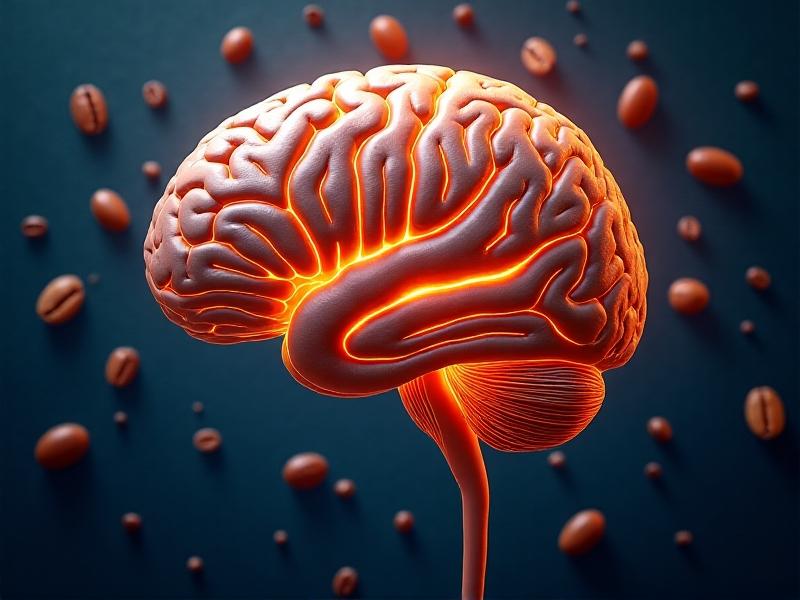
Caffeine’s ability to sharpen focus stems from its interaction with adenosine, a neurotransmitter that promotes relaxation. By blocking adenosine receptors, caffeine delays fatigue signals, allowing dopamine and norepinephrine to enhance alertness. However, this temporary boost comes with caveats: overconsumption can lead to jitteriness, and habitual use diminishes sensitivity, requiring higher doses for the same effect. Researchers suggest cycling caffeine intake to maintain efficacy—strategically timing consumption to align with biological rhythms and task demands.
What Is Caffeine Cycling?
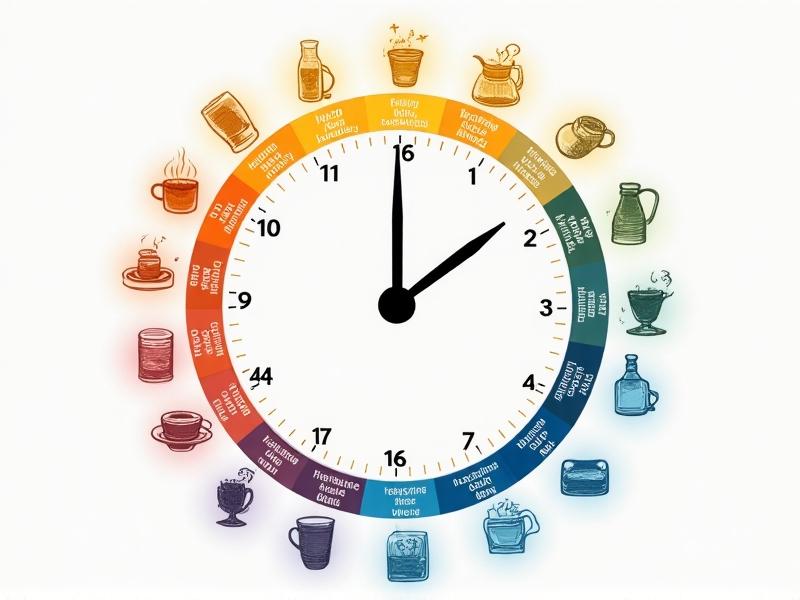
Caffeine cycling involves alternating periods of intake and abstinence to optimize its cognitive benefits. For example, a cycler might consume caffeine during high-focus work blocks (e.g., 8 AM–12 PM) and avoid it after 2 PM to preserve sleep quality. This approach prevents tolerance buildup and leverages caffeine’s half-life (4–6 hours) to avoid interference with rest. Key to cycling is matching intake to natural energy dips—like mid-morning or post-lunch slumps—while prioritizing hydration and nutrition to sustain energy organically.
Designing Your Personalized Caffeine Schedule
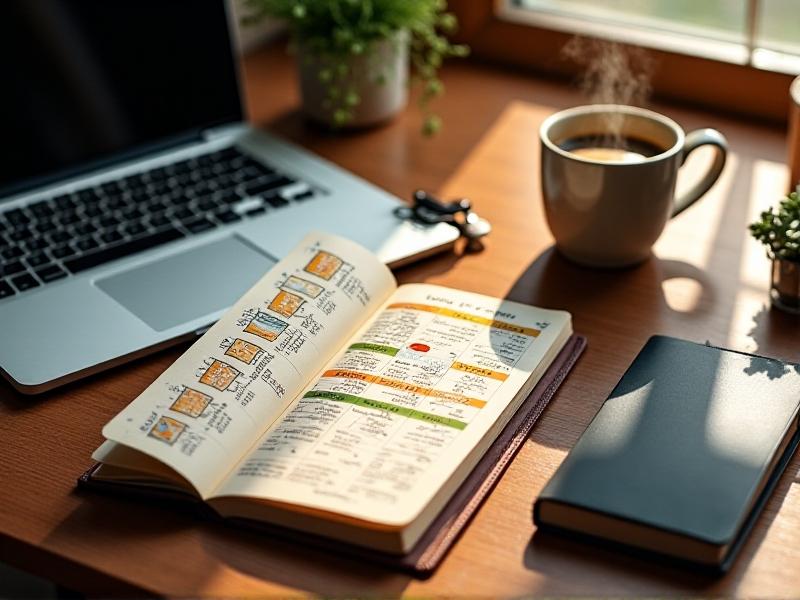
Start by tracking your natural energy patterns for a week. Note when you feel most alert or sluggish. Align caffeine consumption with your focus troughs—say, a single espresso at 9 AM and matcha at 2 PM. Avoid consumption after 3 PM to protect sleep. Pair caffeine with protein-rich snacks to stabilize blood sugar, and experiment with types: yerba mate for sustained release, black tea for milder stimulation. Gradually reduce intake on weekends to reset tolerance. Apps like CaffeineZone can automate timing reminders based on your chronotype.
Common Mistakes to Avoid in Caffeine Cycling

Overloading on caffeine during 'on' days defeats the purpose of cycling. Stick to 200–400 mg daily, spaced in 2–3 doses. Another pitfall: neglecting hydration. Caffeine’s diuretic effect can exacerbate dehydration, worsening focus. Drink a glass of water with every cup. Timing errors—like a 4 PM latte—disrupt sleep architecture, reducing next-day alertness. Finally, relying solely on caffeine without addressing sleep, exercise, or stress undermines results. Use it as a tool, not a crutch.
Long-Term Benefits of Strategic Caffeine Use
Cycling preserves caffeine’s potency, reducing the need for escalating doses. Over months, users report steadier energy, fewer crashes, and improved sleep quality. Studies also link moderate, mindful caffeine use to neuroprotective benefits, like lowered risk of Parkinson’s and Alzheimer’s. By avoiding daily dependence, cyclists maintain flexibility—using caffeine strategically for high-stakes projects without sabotaging recovery. This approach fosters a healthier relationship with stimulants, emphasizing intentionality over habit.
Alternatives to Enhance Focus Without Caffeine Dependency
Incorporate adaptogens like lion’s mane mushroom for cognitive support or L-theanine (found in green tea) to promote calm alertness. Cold exposure—a 30-second face splash or brisk walk—triggers norepinephrine release. Structured ‘focus sprints’ using the Pomodoro Technique (25 minutes work, 5 minutes rest) harness natural attention cycles. Experiment with nootropic blends combining B vitamins and ginkgo biloba. Pair these with caffeine on ‘off’ days to maintain momentum while reducing reliance on stimulants.





